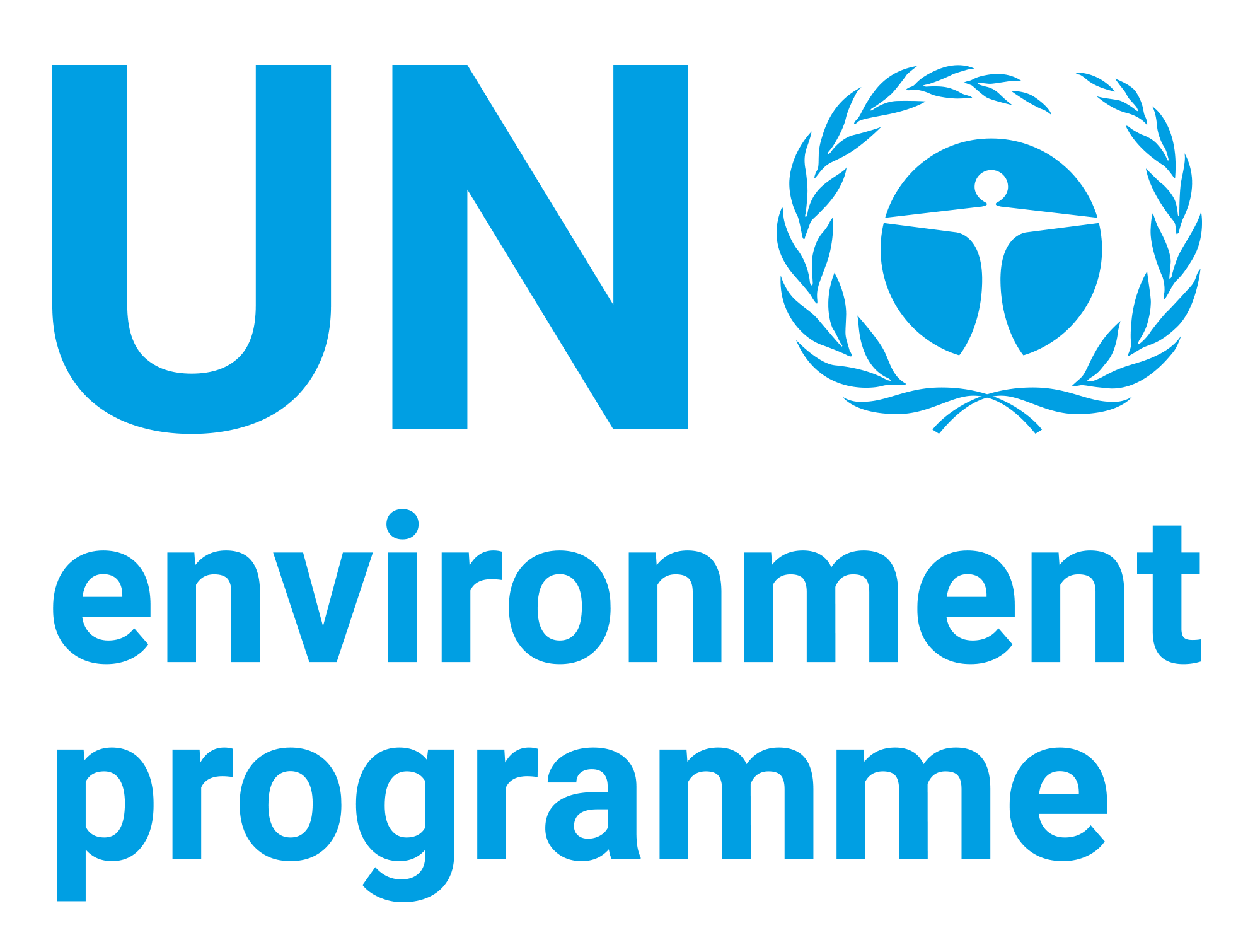Global Nutrition Report 2016: From Promise to Impact: Ending Malnutrition by 2030

Date
2016Author
International Food Policy Research Institute (IFPRI)
Citation Tool
Bibliographic Managers
RT Generic T1 Global Nutrition Report 2016: From Promise to Impact: Ending Malnutrition by 2030 A1 International Food Policy Research Institute (IFPRI) YR 2016 LK https://wedocs.unep.org/20.500.11822/9677 PB International Food Policy Research Institute (IFPRI) AB TY - GEN T1 - Global Nutrition Report 2016: From Promise to Impact: Ending Malnutrition by 2030 AU - International Food Policy Research Institute (IFPRI) Y1 - 2016 UR - https://wedocs.unep.org/20.500.11822/9677 PB - International Food Policy Research Institute (IFPRI) AB - @misc{20.500.11822_9677 author = {International Food Policy Research Institute (IFPRI)}, title = {Global Nutrition Report 2016: From Promise to Impact: Ending Malnutrition by 2030}, year = {2016}, abstract = {}, url = {https://wedocs.unep.org/20.500.11822/9677} } @misc{20.500.11822_9677 author = {International Food Policy Research Institute (IFPRI)}, title = {Global Nutrition Report 2016: From Promise to Impact: Ending Malnutrition by 2030}, year = {2016}, abstract = {}, url = {https://wedocs.unep.org/20.500.11822/9677} } TY - GEN T1 - Global Nutrition Report 2016: From Promise to Impact: Ending Malnutrition by 2030 AU - International Food Policy Research Institute (IFPRI) UR - https://wedocs.unep.org/20.500.11822/9677 PB - International Food Policy Research Institute (IFPRI) AB -View/Open
Item Statistics
Display item statisticsMetadata
Show full item recordDescription
The 2016 Global Nutrition Report is an authoritative source of action-oriented nutrition knowledge that transcends politics and guides the SUN Movement in its quest to make nutrition a priority. This report continues to push the boundaries beyond previous editions—with an optimistic message that when we work together, our collective impact can achieve the changes needed to sustainably transform lives, communities, and the future. Eradicating malnutrition requires perseverance from all of us, and the report gives us our backbone and resolve. It also ensures that we hold each other accountable and learn from each other’s successes and failures. The Global Nutrition Report emphasizes the challenges posed by the multiple forms of malnutrition. It also signals the enormous importance of investing in the critical 1,000-day window so that every girl and boy can lead a happy, healthy, and productive life. Investing in nutrition is our collective legacy for a sustainable world in 2030. Few challenges facing the global community today match the scale of malnutrition, a condition that directly affects one in three people. Malnutrition manifests itself in many different ways: as poor child growth and development as individuals who are skin and bone or prone to infection as those who are carrying too much weight or whose blood contains too much sugar, salt, fat, or cholesterol or those who are deficient in important vitamins or minerals. Malnutrition and diet are by far the biggest risk factors for the global burden of disease: every country is facing a serious public health challenge from malnutrition. The economic consequences represent losses of 11 percent of gross domestic product (GDP) every year in Africa and Asia, whereas preventing malnutrion delivers $16 in returns on investment for every $1 spent. The world’s countries have agreed on targets for nutrition, but despite some progress in recent years the world is off track to reach those targets. This third stocktaking of the state of the world’s nutrition points to ways to reverse this trend and end all forms of malnutrition by 2030. Over the past decade, momentum around nutrition has been steadily building: In 2012 the World Health Assembly adopted the 2025 Global Targets for Maternal, Infant and Young Child Nutrition. The following year, it went on to adopt targets for noncommunicable diseases (NCDs), including those relevent to nutrition. Also in 2013, at the first Nutrition for Growth (N4G) Summit, donors committed US$23 billion to actions to improve nutrition. With the Second International Conference on Nutrition (ICN2) in 2014 and with the recent naming of 2016–2025 as the United Nations Decade of Action on Nutrition, more and more people have begun to recognize the importance of addressing malnutrition in all its forms. In 2015, the UN Sustainable Development Goals enshrined the objective of “ending all forms of malnutrition,” challenging the world to think and act differently on malnutrition—to focus on all its faces and work to end it, for all people, by 2030. Now, 2016 brings major opportunities to translate this commitment into action. These opportunities include countries’ adoption of their own targets related to the Sustainable Development Goals, the ongoing Nutrition for Growth process, and Japan’s growing leadership on nutrition in the lead-up to the 2020 Tokyo Olympics and Paralympics. The Global Nutrition Report is the only independent and comprehensive annual review of the state of the world’s nutrition. It is a multipartner initiative that holds a mirror up to our successes and failures at meeting intergovernmental nutrition targets.1 It documents progress on commitments made on the global stage, and it recommends actions to accelerate that progress. The Global Nutrition Report aims to be a beacon, providing examples of change and identifying opportunities for action. This year’s report focuses on the theme of making—and measuring— SMART commitments to nutrition and identifying what it will take to end malnutrition in all its forms by 2030.
Collections
Document Viewer
To read more, scroll down below.

